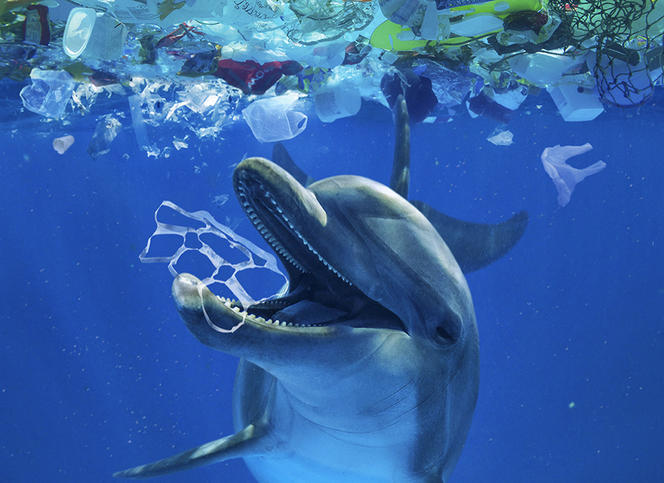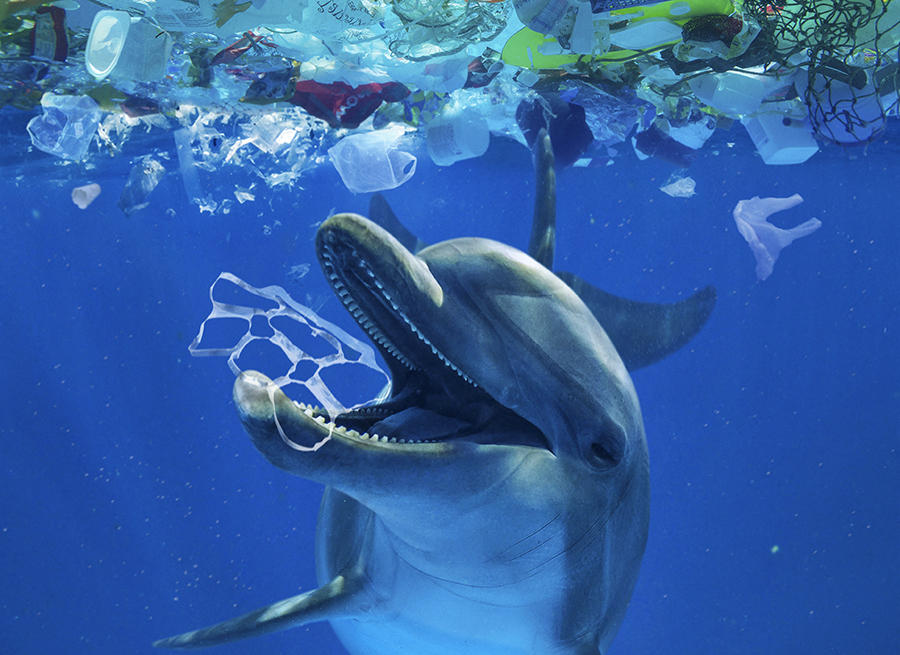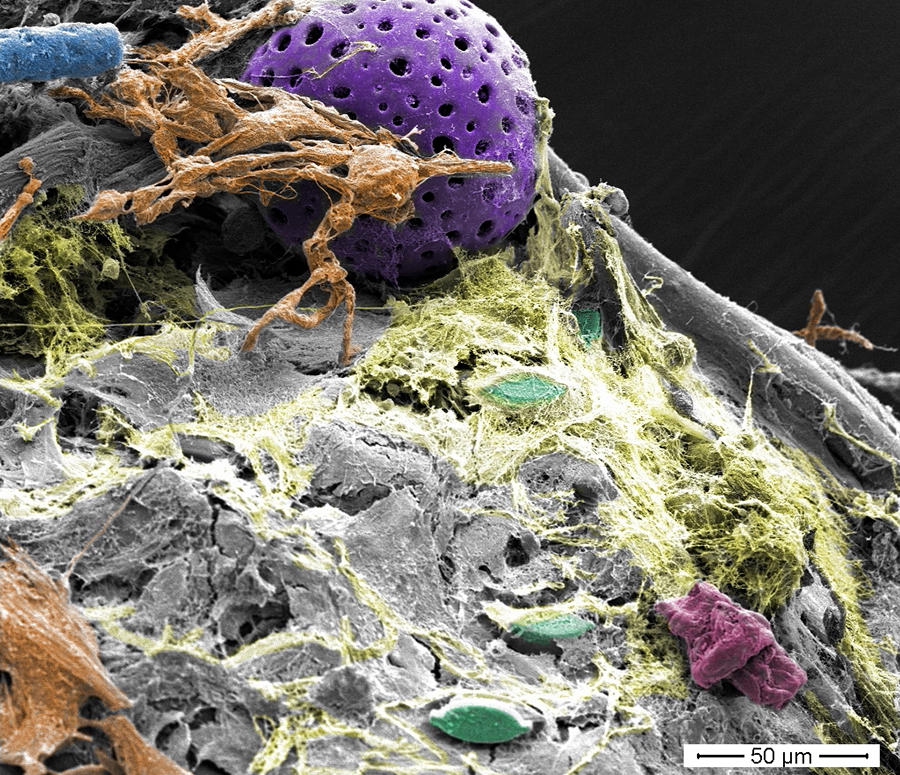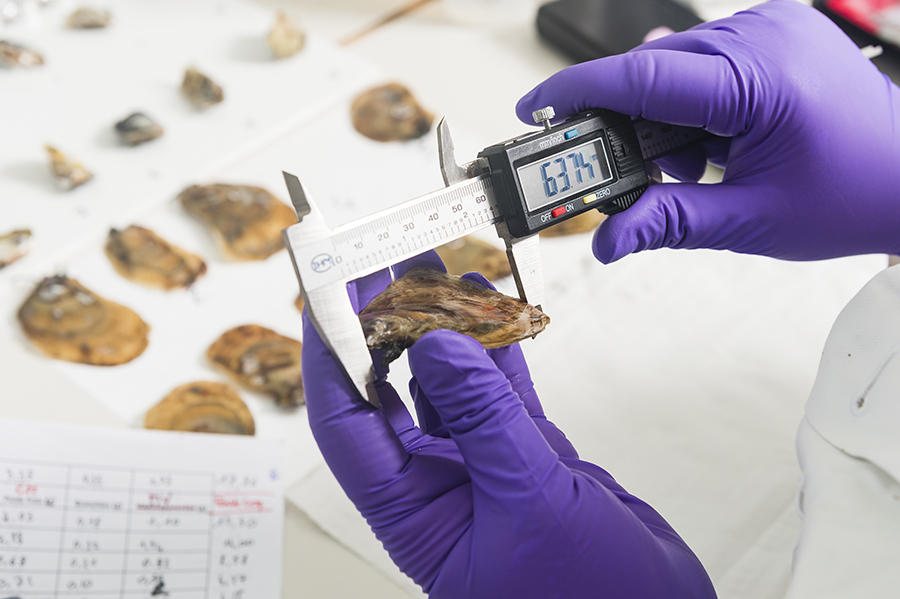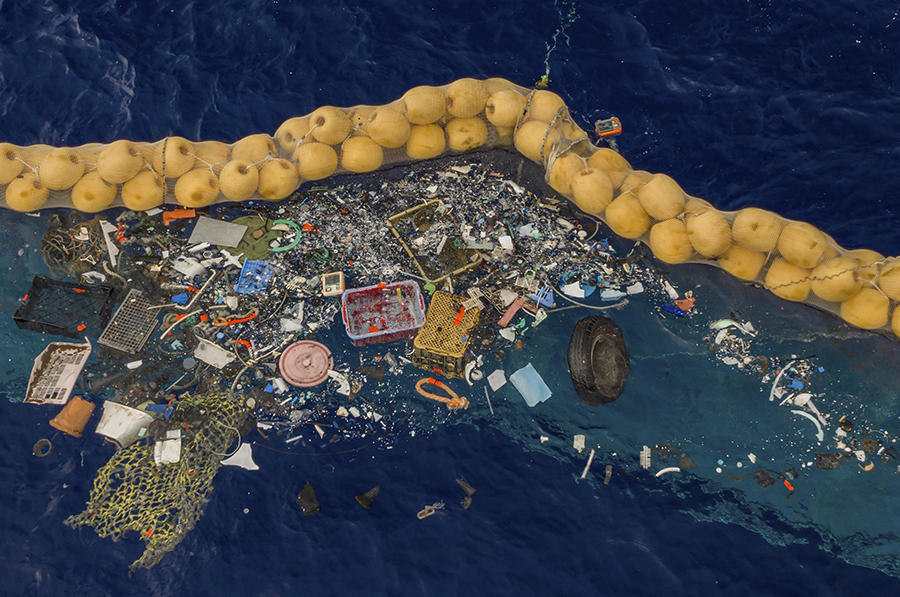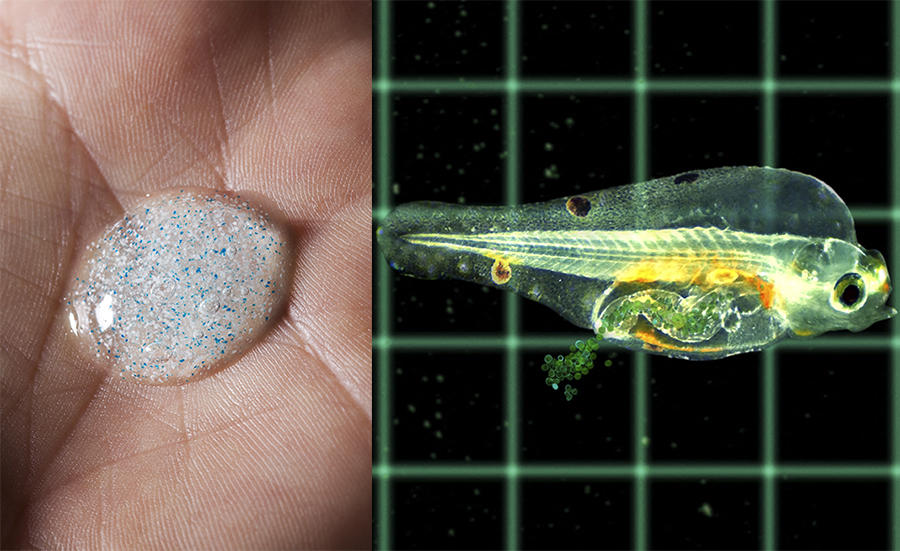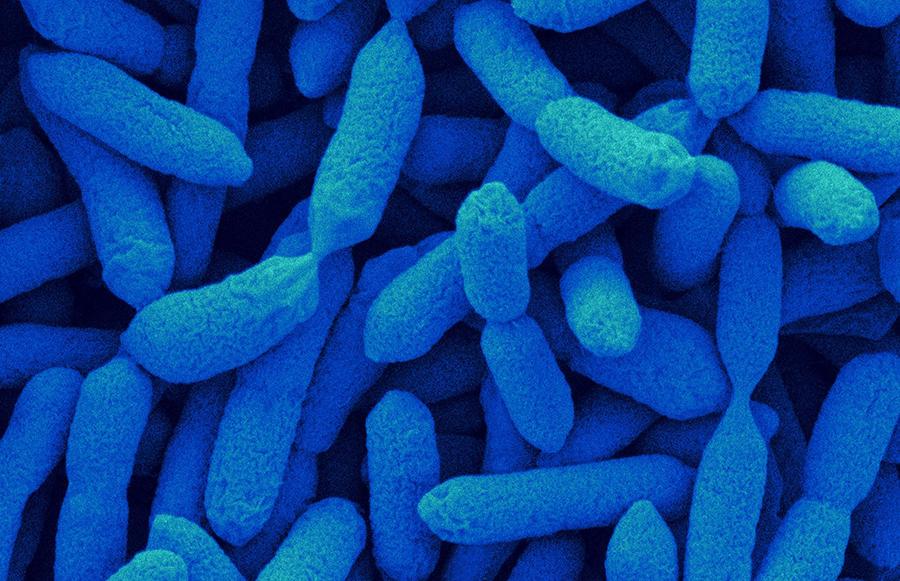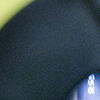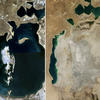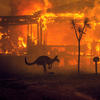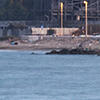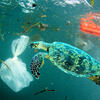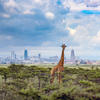You are here
The answer to marine pollution lies on land
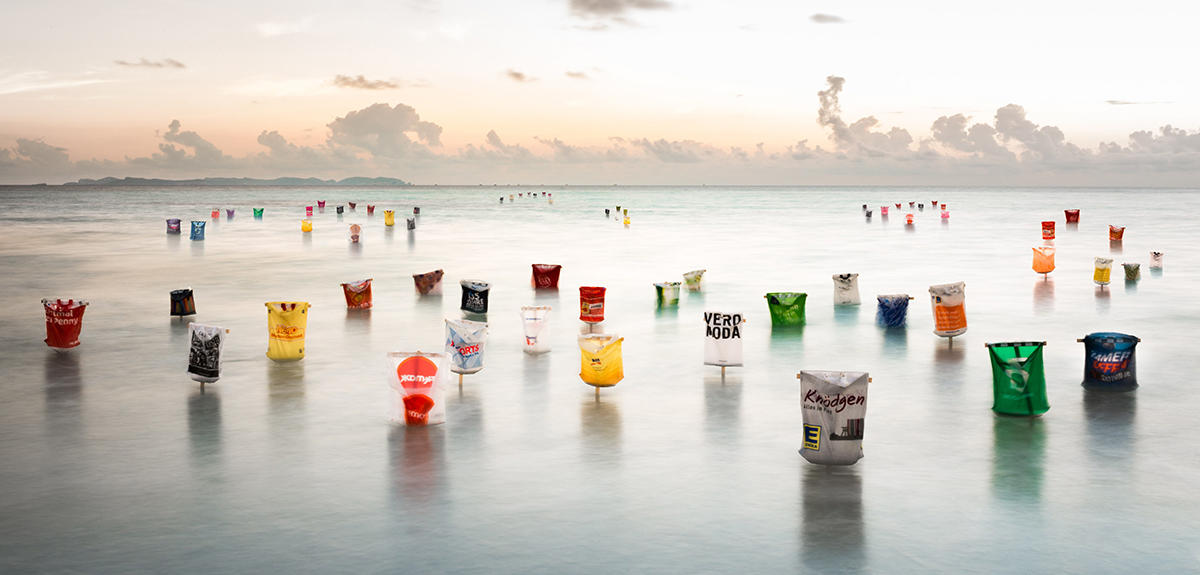
For decades, waste and hazardous materials have been dumped into the ocean as a result of human activity. Covering more than two thirds of the Earth’s surface, the ocean is so vast that human carelessness seemed unlikely ever to affect it. But it is now a known fact that, in addition to overfishing, warming caused by climate change, ever-increasing maritime transport, and ocean acidification, pollution is a threat to marine organisms and their habitats.
The planet’s ailing life-support system
As a result, "all the essential services provided by the ocean to the planet and to humankind are likely to be seriously disrupted," warns Françoise Gaill, CNRS research professor emeritus and vice-president of the Ocean and Climate Platform. The world’s population depends to a large extent on marine resources, not only for food but also for economic purposes, from tourism to the transport of goods. The ocean is also vital to the climate, since it absorbs 25% of the CO2 emitted by human activity into the atmosphere every year. Deep sea organisms also play a key role in the functioning of this biological carbon pump where phytoplankton, at the bottom of the marine food chain, use CO2 and transform it into organic matter, part of which sinks to the ocean floor. In the process, these microscopic algae and bacteria provide half the oxygen produced on Earth.
Faced with this situation, many scientists are sounding the alarm and calling for the ocean to be given priority in environmental policies. Urgent measures must be taken to preserve it, starting with the reduction of greenhouse gas emissions and the establishment of marine protected areas on a large scale. But how should pollution be dealt with? By attempting to clean up the ocean, or by acting directly at the source? CNRS News takes a look at some of the possible solutions.
The plastic plague
By its sheer scale, plastic contamination symbolises the human impact on the environment, above all other forms of man-made pollution. Due to poor waste management, it is estimated that every year, 10 million tonnes of plastic are dumped into the sea, 80% of which comes from inland, mainly via rivers. “From coastal regions to the poles, and from the ocean surface to the sea floor, no area of the ocean is free from this pollution. The whole food chain is impacted, from zooplankton to whales,” points out Ika Paul-Pont of the Laboratory of Environmental Marine Sciences.1 In addition to larger waste such as bags and bottles, which can cause the death of animals by entanglement or intestinal obstruction when ingested, plastic pollution turns out to be particularly insidious, as it is made up of billions of particles, sometimes less than a few millimetres in diameter, produced by the degradation of plastic caused by UV radiation and wave action. These microplastics, as they are known, are ingested by all marine fauna, even the very smallest organisms, with a wide range of effects.
Once swallowed, these pollutants can prevent animals from feeding normally, which affects their growth, reproduction and immune defences. “We exposed oysters to microplastics in the laboratory. These molluscs feed on microalgae by filtering water, ingesting plastic in the process. The presence of the polymer means the shellfish have to devote more energy to filtration – and therefore less to reproduction. As a result, we've observed a 40% drop in the hatching rate compared to uncontaminated oysters,” Paul-Pont explains. More recently, scientists, including CNRS researchers, have also discovered that microplastics continue to break down into even smaller, nanometre-sized particles. They are able to cross cell membranes and may pose an even greater toxicity hazard. Although this field of research is still in its infancy, its findings are eagerly awaited. Ocean ecosystems are indeed not the only ones exposed to such pollution, since marine wildlife eventually ends up in our plates!
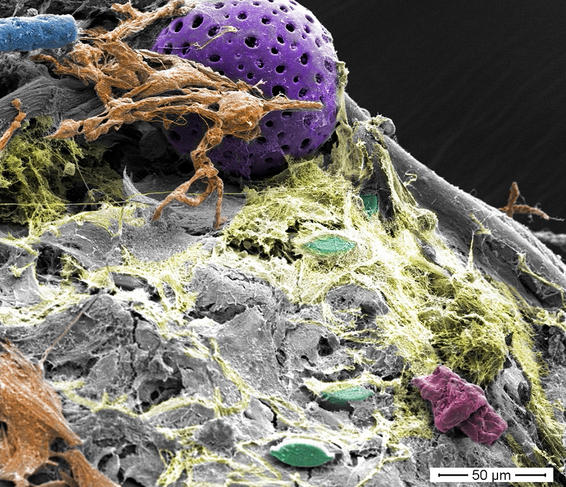
Vectors of toxic substances and disease
Microplastics also contain a number of additives to make them transparent or non-flammable, for example, which are liable to be released into the animals’ organs. Studies have shown that molecules such as phthalates and bisphenol A, which are endocrine disruptors, affect the behaviour, development, and reproduction of fish. In addition, microplastics act like sponges, as they absorb and concentrate the pollutants present in seawater, from pesticides to heavy metals and hydrocarbons, thus increasing their toxicity.
As if that weren’t enough, researchers have also found that plastic particles provide a new habitat for many species of bacteria and microalgae. On these tiny artificial rafts, microorganisms can travel long distances and modify ecosystems, either because they behave as invasive species or because they are pathogens and can spread certain diseases. So far, no cases of contagion through plastic have been recorded, but the issue remains a cause for concern.
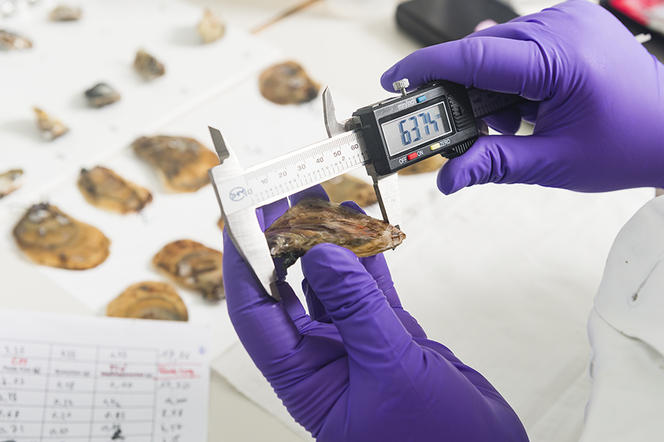
Tackling plastic pollution at the source
What can be done to fight this scourge? Would it be wise to follow the example of the Dutch NGO The Ocean Cleanup and send boats with huge nets to clean up the vast expanse of floating plastic waste – the Seventh Continent as it has been dubbed? For Jean-François Ghiglione, an ecotoxicologist at the Laboratory of Microbial Oceanography (LOMIC),2 the answer is straightforward: “it’s too late to clean up the mess. Plastic is everywhere in the ocean, and the waste on the surface accounts for only a tiny fraction of the total. We must first tackle pollution at the source by producing less of this material and recycling it more efficiently.”
Single-use packaging and plastics, in particular, are what scientists have their sights on. These make up the bulk of the pollution, as shown by a number of marine microplastic sampling campaigns, including the schooner Tara missions in which Ghiglione is involved. Together, these results contributed to the European Union’s ban on plastic bags, disposable tableware, cotton swabs, drinking straws, microbeads in scrubs, and food containers.
Looking ahead, scientists are attempting to find alternatives to these plastics by developing novel bio-sourced, biodegradable, and non-toxic materials. Ghiglione and his team are testing the toxicity of industrial additives on marine fauna, for example on mussels, as well as the breakdown rate of next-generation polymers in marine environments, with the aim of identifying the most suitable candidates.

Bacteria as a solution
Another strategy to combat plastic pollution is to resort to marine bacteria. Among the various species that proliferate on microplastics, scientists have identified organisms that can use their enzymes to break them down. This ability has been improved through genetic modification in the lab and raises the question of whether such bacteria could be used to gobble up plastic waste at sea. But here again, Ghiglione is adamant: “Compared to the rate at which plastic enters the sea, the bacterial degradation process is far too slow to provide a solution.”
However, this could help reduce the impact of oil spills, whose environmental impact is disastrous. Slicks directly kill animals and birds as they become mired in the oil or when they ingest it, since it lines the inner walls of the stomach and prevents tissue exchanges in the animals. Oil also contains polycyclic aromatic hydrocarbons, which are carcinogenic, and cases of necrosis have been observed in fish for instance. And yet, scientists know just how resilient marine ecosystems can be when affected by this kind of pollution. Even though it takes several decades, habitats end up being recolonised due in part to the presence of certain bacteria that feed on hydrocarbons. Experiments have shown that, by providing these organisms with nutrients in the form of phosphorus and nitrogen, it is possible to boost their appetite and thus enable them to break down the oil much more rapidly. “Unfortunately, this type of bioremediation is not yet looked on favourably by the authorities. For instance, during the Deepwater Horizon disaster in the Gulf of Mexico in 2010, it was preferred to act as quickly as possible and spray the oil slick with dispersants that can also be toxic to ecosystems,” Ghiglione points out.

Chemical poisoning
Besides these specific but isolated disasters, chemical contamination is a type of chronic pollution that is just as worrying as the accumulation of plastic. Medicines, endocrine disruptors, pesticides, flame retardants, cosmetics, detergents are just the tip of the iceberg and the number of molecules that can endanger marine ecosystems is endless. Released into the environment by industry, farming and the general public, these chemicals are transported by water or air into the oceans.
“Persistent organic pollutants pose the greatest threat because of their long lifespan and can be absorbed by organisms at every level of the food chain," explains Hélène Budzinski of the EPOC laboratory.3 The list includes certain pesticides and endocrine-disrupting perfluorinated compounds used, among other things, to make clothing stain- and water-resistant. Now banned in many countries but once widely used as flame retardants in electrical equipment, polychlorinated biphenyls (PCBs) are still present in the ocean. They build up all along the food chain, end up in high concentration in the tissue of marine predators such as orcas, and are thought to contribute to the decline in their populations. These compounds are a threat not only to marine fauna but also to human health through food consumption.
Other persistent pollutants, although inorganic in this case, are heavy metals such as mercury, which is produced by the combustion of coal. As well as its toxicity to marine organisms, its impact on humans has been clearly evidenced. Once in the ocean, microorganisms turn the metallic element into methylmercury. And although this compound is found in only tiny quantities in seawater, its concentration is much higher in the fish we eat, again due to its accumulation along the food chain. A recent study has shown that, in the US, exposure to methylmercury, which can lead to neurodevelopmental disorders and cardiovascular disease, comes from the consumption of marine animals.
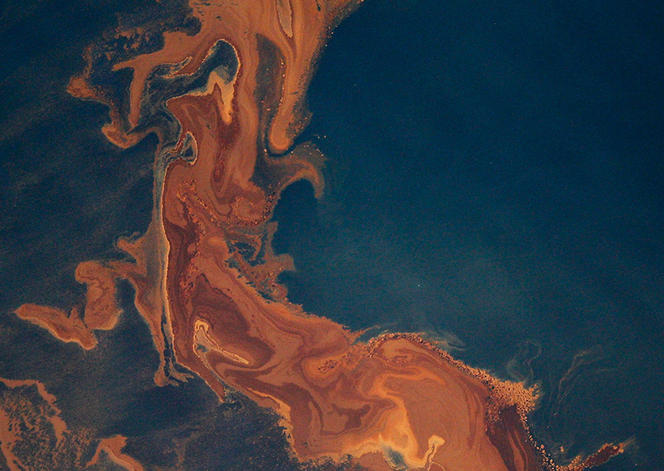


Cocktail effect
Unfortunately, persistent compounds are not the only threat to marine wildlife. Other shorter-lived molecules including certain pesticides, medicines, and cosmetics, contribute to the continuous, chronic exposure of organisms, albeit at low doses. Another potential danger is the so-called “cocktail effect”, whereby even though a chemical – whether persistent or not – has no effect by itself on an organism, it may be harmful when combined with other molecules. This is a subtle process that researchers are only just beginning to understand. “The aim is to better characterise the impact of chemicals on the oceans, both by identifying all the molecules present, even at very low concentrations, and by carrying out more regular measurements over longer time periods,” Budzinski explains.
The effect of chemical pollutants on marine wildlife is often exacerbated by other stressors affecting the oceans, which makes the scientist’s job even more difficult. An iconic example is that of coral reefs, which host a third of all known marine species and ensure the livelihood of 500 million people worldwide. Chemical and plastic pollution could soon spell doom for these ecosystems, which are already under threat from global warming and ocean acidification. “Multiple stress factors and their combined effects should be at the forefront of our concerns. In the future, we must be able to predict the response of ecosystems to all these pressures so that we can take the most appropriate measures to protect them,” Gaill believes.
What solutions should be adopted against chemical pollution then? Here again, there seems little room for doubt. “We need to act on land, before these substances reach the sea, by reducing their production, regulating them and in certain cases banning them,” she adds. Her opinion is echoed by Budzinski, at the EPOC: “we need to change our way of life and make much more rational use of chemistry. In particular, by doing away with medicines we don’t need, simplifying chemical formulations, especially of cosmetics, and focusing on the quality of materials rather than on processing them chemically.” Only then will the ocean be healthy again. And us with it.


